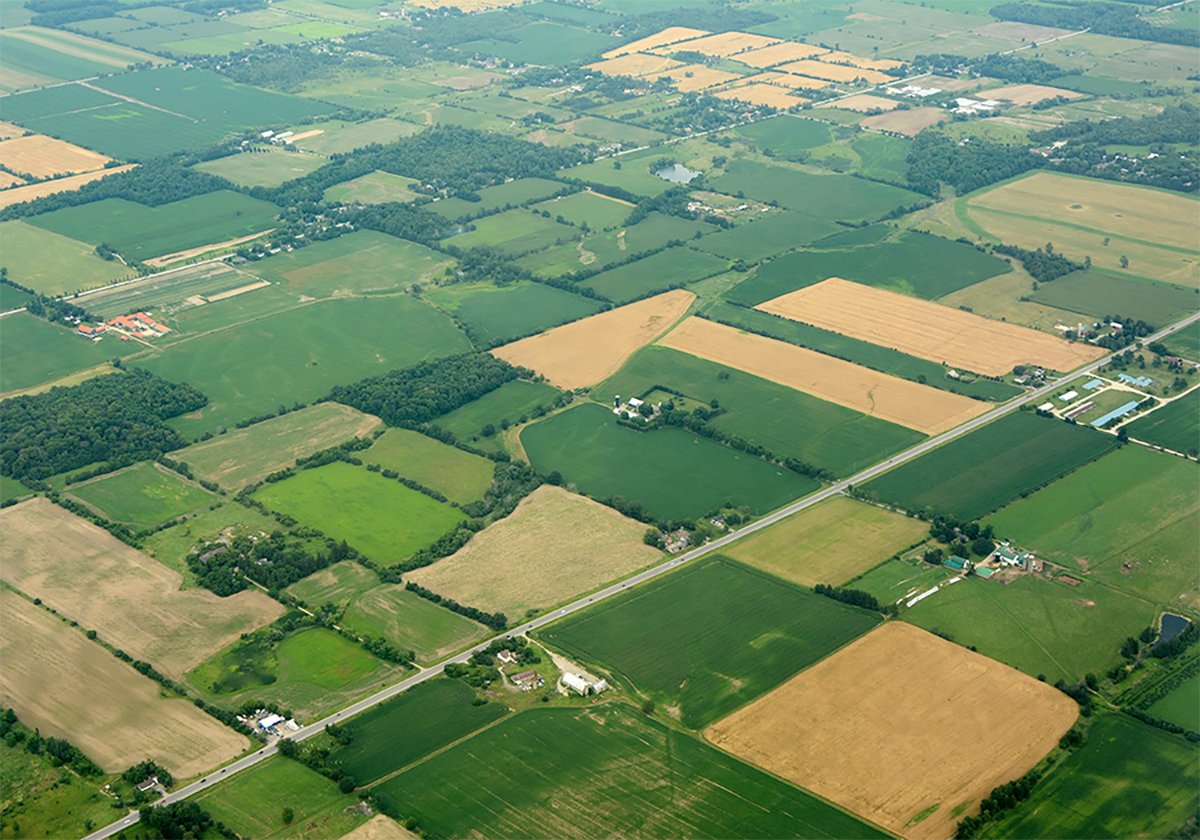So, canola’s broken above a medium-term resistance point that had many wondering if it had topped.
That much we know. Here is that breakout on the chart:

Since mid-summer canola’s been bouncing off that $470 ceiling, and this breakout to the upside is fantastic.
So why’s it happening? You may think that’s a silly question, because you’re looking out of the cab of your stuck combine at a bunch of soaked, rotting and stinking canola crops and want to yell: THAT’S WHY CANOLA’S RISING – BECAUSE I CAN’T GET TO MINE!!!!
And all sorts of fundamental analyst types will attribute canola’s recent surge to the rotten harvesting weather creating supply fears among buyers yadda yadda yadda.
But that’s all bunk, according to a trader I just spoke with. He says weather up here has virtually nothing to do with it, and this canola story is just a footnote in this week’s amazing soybean oil story. Soybean oil is the nearest thing canola has to a sister, and canola tends to follow soybean oil trends. It doesn’t directly follow soybeans. That may surprise you, unless you realize that soybeans are about 20 percent oil and 80 percent meal, making them trade as much as a feedgrain as a vegetable oil crop. Canola, with about 43 percent of its weight and probably 80 percent of its value in the oil content, trades as a veg-oil, so soybean oil is what you need to look at if you want to see how canola’s doing compared to others in its class.
Look at this chart:

Look at that recent rally! Wowzers! In that light, canola’s rise isn’t so great. The trader I was speaking with noted that canola’s rally has in fact lagged soybean oil’s by about $15 per tonne, so if anything, canola’s looking sluggish. I think it’s pretty clear that soybean oil is not being driven by bad weather up here in Canada. So what’s driving it? Really, who cares, because what matters is price and that’s moving. The hedge funds moved into soybean oil aggressively in the last couple of weeks, and that is probably the major driver of this rally, but in the end no one really knows.
What it does tell you is that if you are playing the weather game with pricing, assuming that you can ride canola prices higher as the weather gets worse and the harvest window gets smaller, you may be a little out to lunch when the direction changes – if it does. If prairie weather isn’t driving this rally, don’t bank on it.
Another interesting market to look at right now is oats, which we all know is rallying like French troops failed to do in 1940. Here it is on the Chicago futures contract:

Well, if we follow the thinking above, perhaps we’d better check out Chicago corn to see if that’s going the same direction, before we jump to the conclusion that oats are rising because of bad weather here on the prairies. Here’s corn:

Well, golly, they look pretty similar. So that must be it, right?
Nope, according to the same trader I was talking with about canola. Oats and corn don’t necessarily follow each other. He said in this commodity, unlike in canola, oats are moving because the buyers are now terrified not just about price, but actually about being able to get quality oats at all this winter. By buying futures, they can force someone to deliver oats that meet the futures contract’s specs, and that way they’re both financially and physically covered. Corn is rising by its own fundamentals, he said.
Now I don’t know if this guy is right. But I thought this was an excellent example to share with you folks about the complexity of market analysis, and figuring out WHAT THE HECK IS ACTUALLY HAPPENING with crop prices. All we get is a price to look at, and we can put those prices on a chart, and we can dig up some stats and convince ourselves we know what’s happening and why, but really, this business is as much a matter of intuition, of feeling, of art as it is about cold-hearted, rational analysis.
Read Also

Higher farmland taxes for investors could solve two problems
The highest education and health care land tax would be for landlords, including investment companies, with no family ties to the land.















